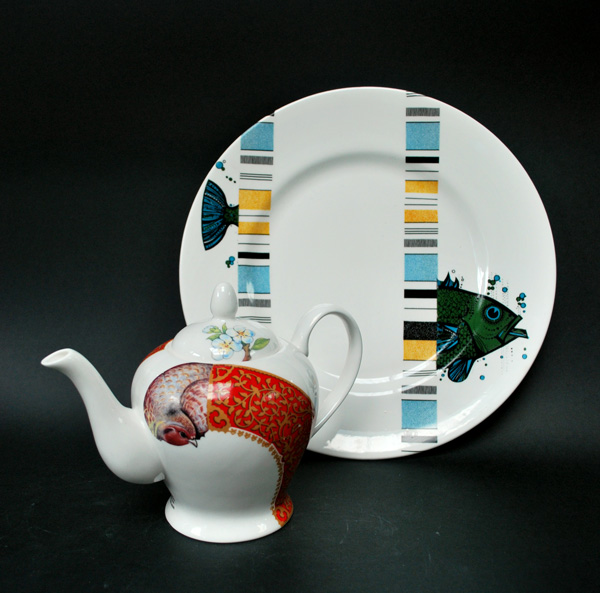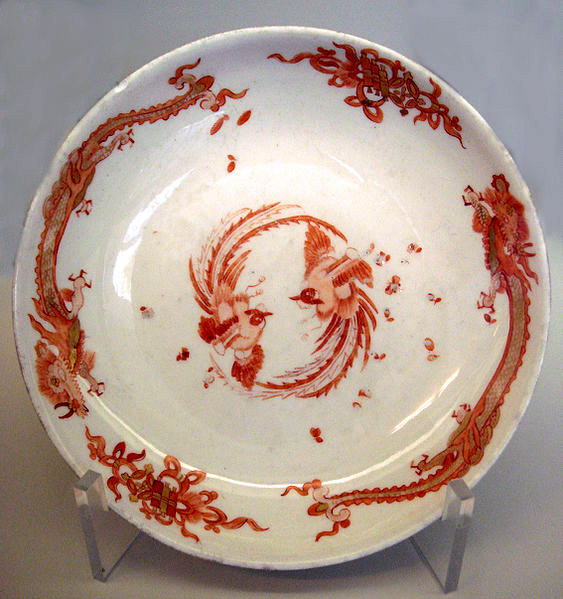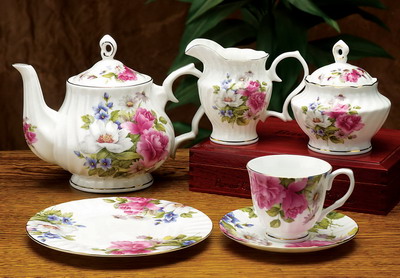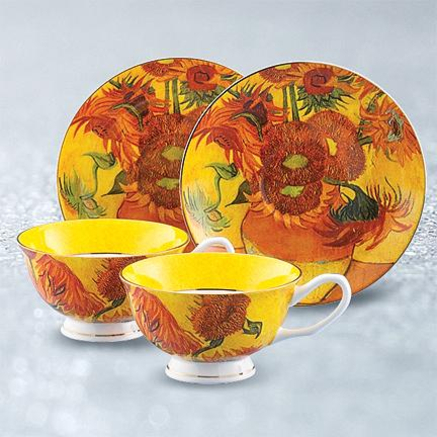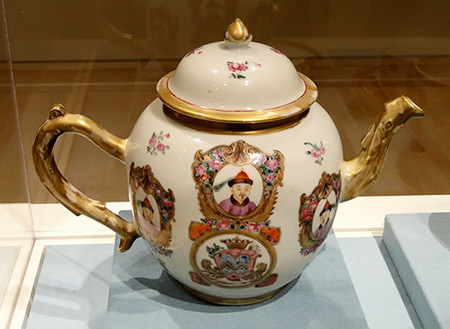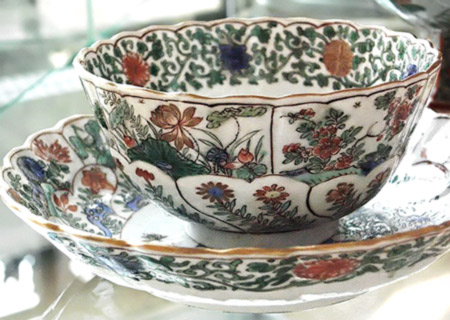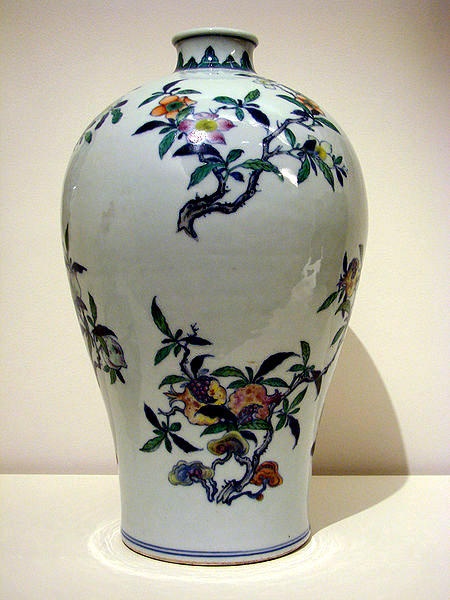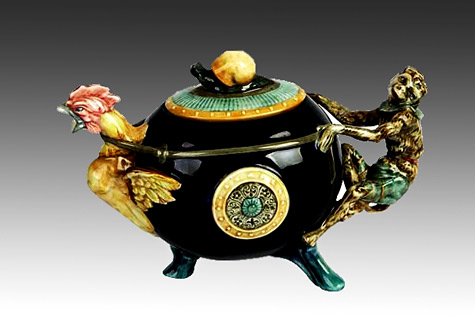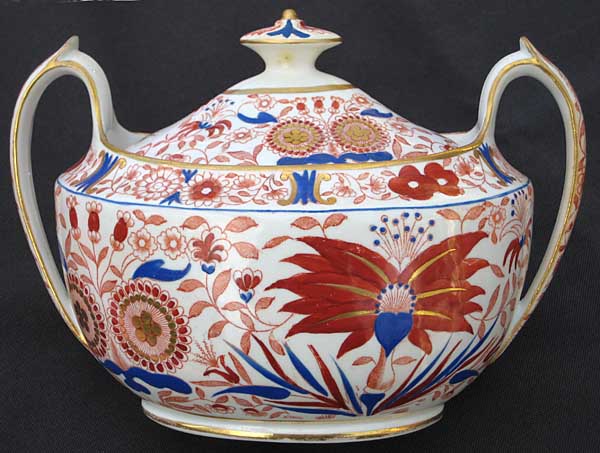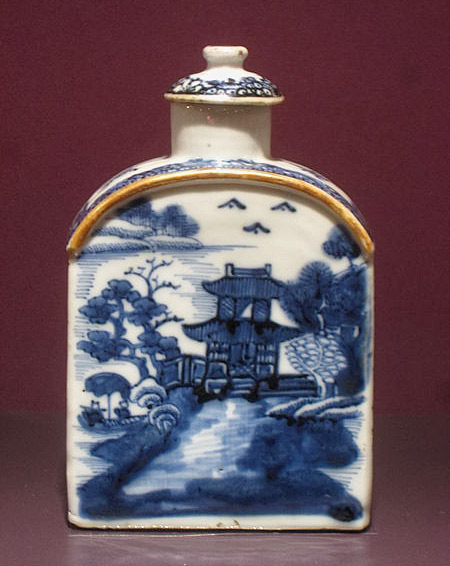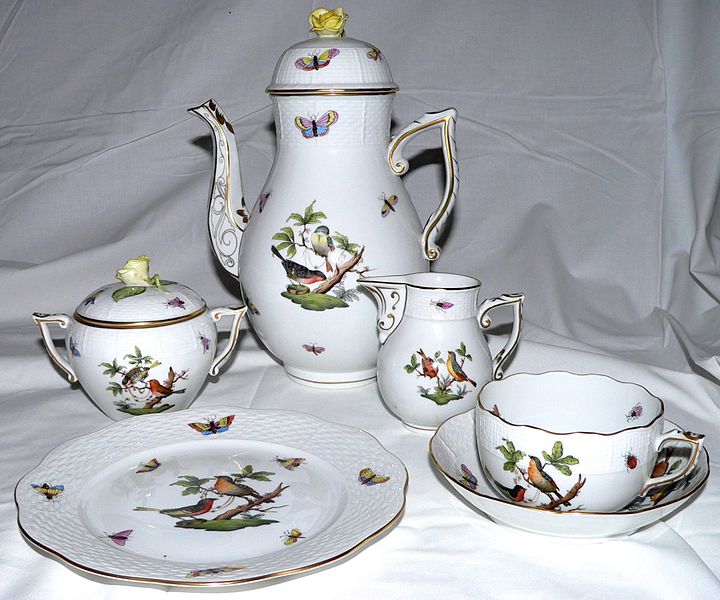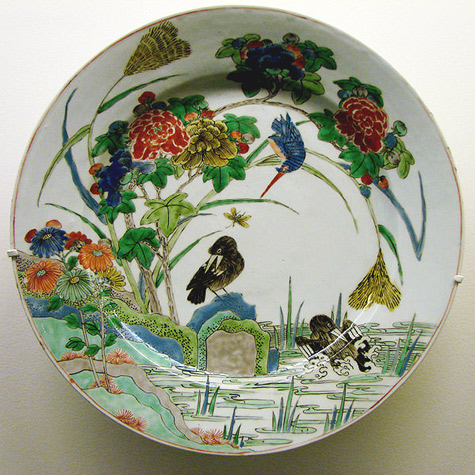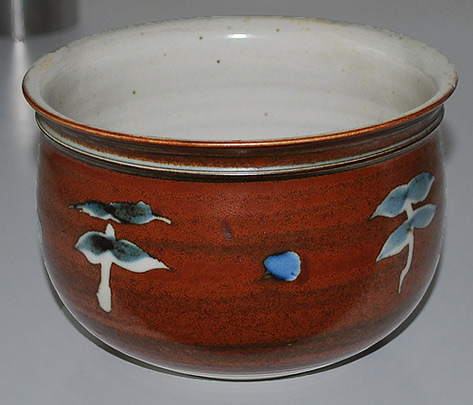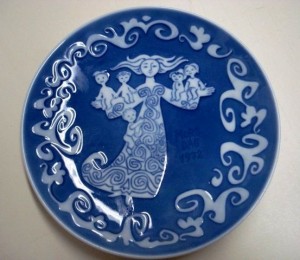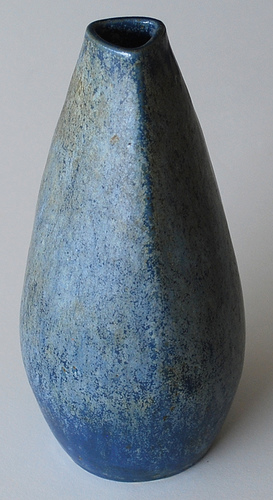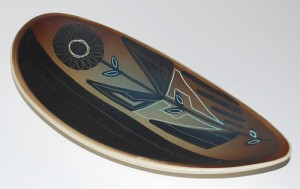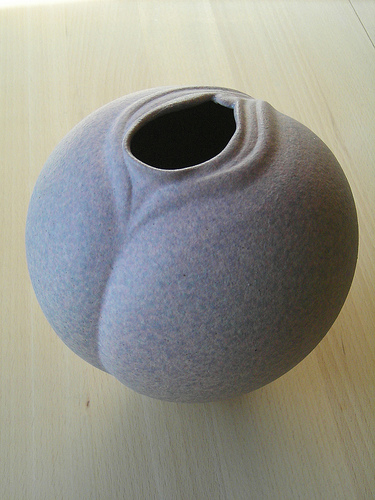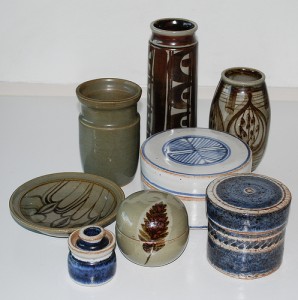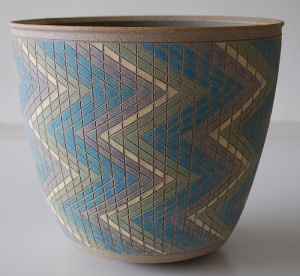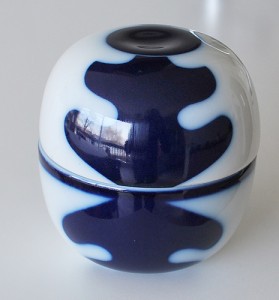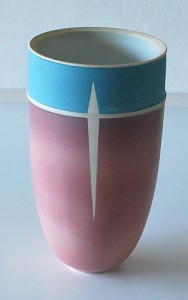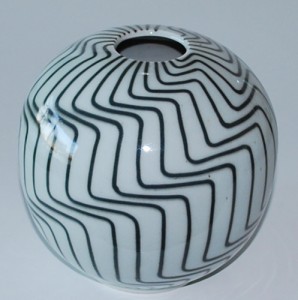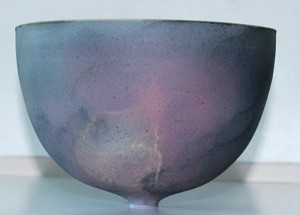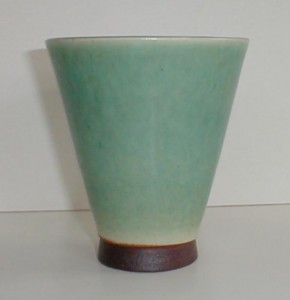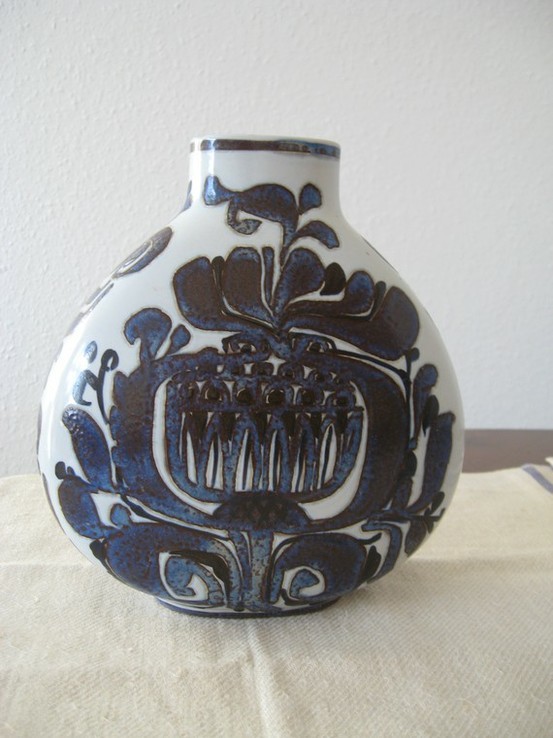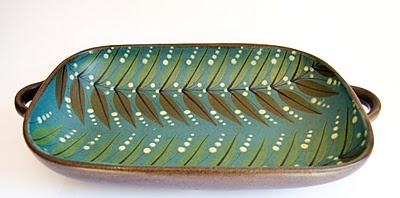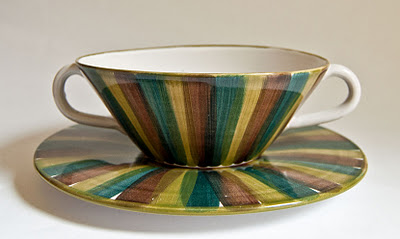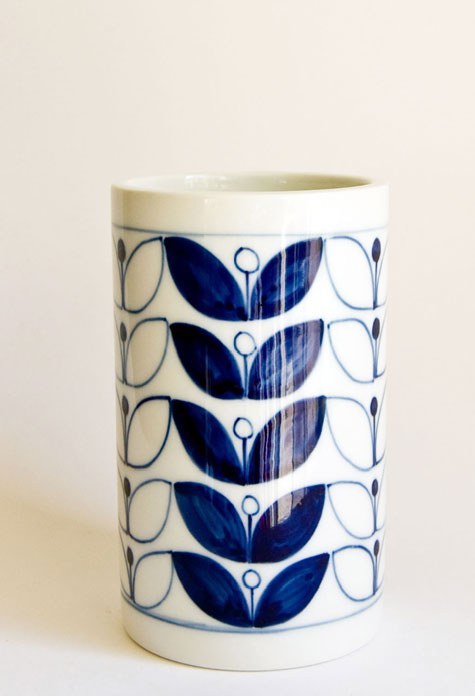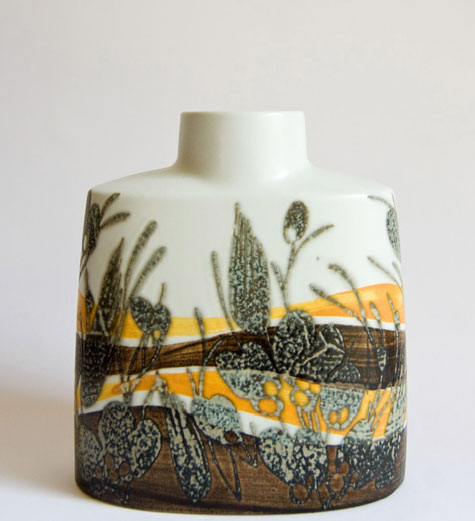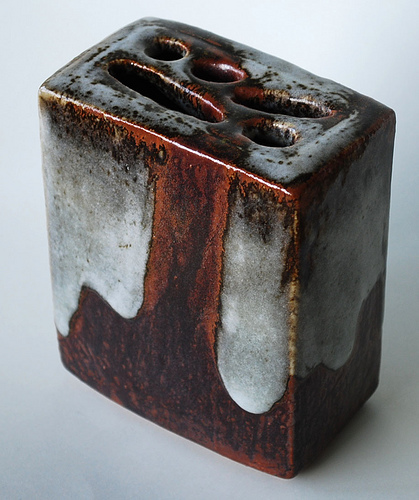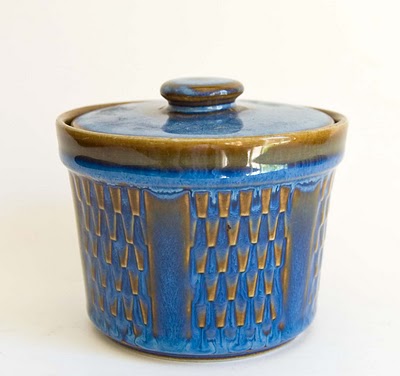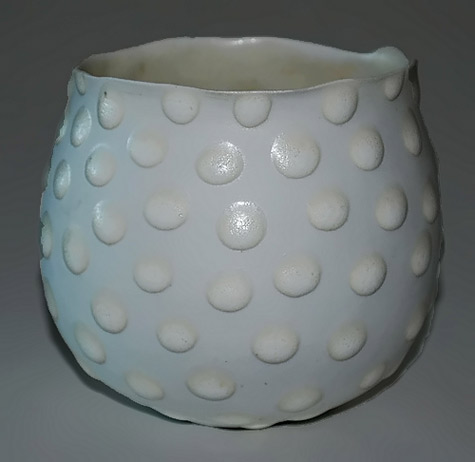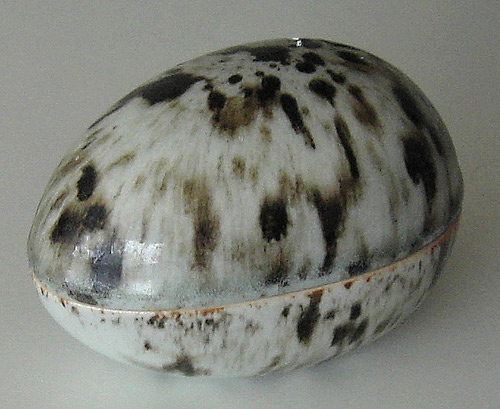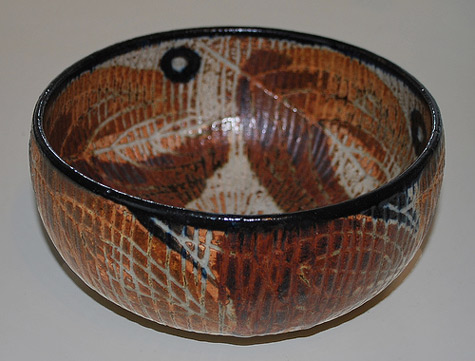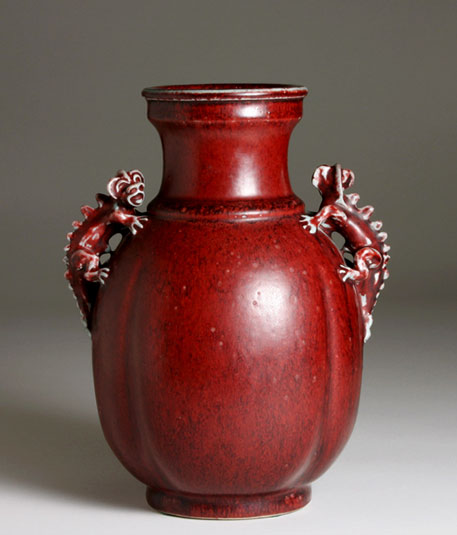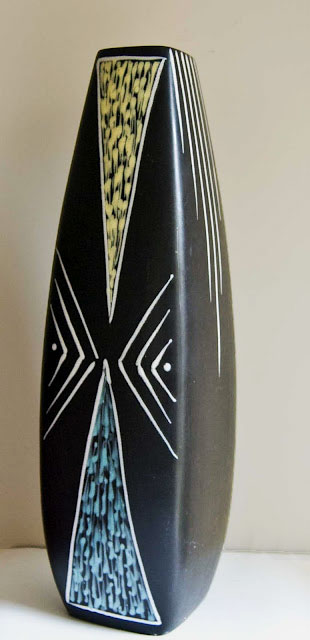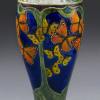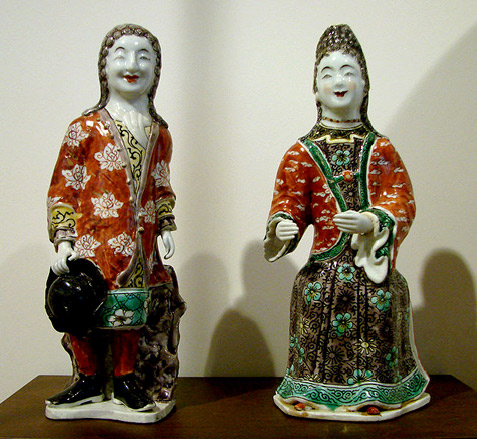 Back in the 7th century porcelain was invented in China and porcelain art from China began appearing in Europe in the 13th century. It took European craftsmen centuries to figure out how to make it. The secret was the high temperature at which the Chinese artisans fired the clay–up to 1,300 degrees Celsius. In 1710, German artisans began producing high-quality porcelain. In England, Thomas Briand of Chelsea developed soft-paste porcelain in 1742. Thomas Frye patented porcelain containing bone ash in 1749 and Josiah Spode in Staffordshire refined the recipe for fine bone china between 1789 and 1793 and this invention resulted in the fine bone china products produced then and now.His formula, which consisted of 6 parts bone ash, 4 parts china stone, and 3.5 parts clay found popularity among English pottery manufacturers and was widely distributed.
Back in the 7th century porcelain was invented in China and porcelain art from China began appearing in Europe in the 13th century. It took European craftsmen centuries to figure out how to make it. The secret was the high temperature at which the Chinese artisans fired the clay–up to 1,300 degrees Celsius. In 1710, German artisans began producing high-quality porcelain. In England, Thomas Briand of Chelsea developed soft-paste porcelain in 1742. Thomas Frye patented porcelain containing bone ash in 1749 and Josiah Spode in Staffordshire refined the recipe for fine bone china between 1789 and 1793 and this invention resulted in the fine bone china products produced then and now.His formula, which consisted of 6 parts bone ash, 4 parts china stone, and 3.5 parts clay found popularity among English pottery manufacturers and was widely distributed.
The best china has always been the thinnest and most refined. Bone china ware is very thin and very refined, yet is the toughest of porcelains. Production usually involves a two stage firing where the first, bisque, is without a glaze giving a translucent product (1200C-1300C ) and then there is a second glaze (or glost) firing at a lower temperature (1050C-1100C)
Blue-and-white porcelain from China was so prized in the Renaissance that a number of princes attempted to discover the secrets of producing this rare, exotic, and expensive material. Only in Florence, under the patronage of Grand Duke Francesco I de’ Medici, himself an experimental chemist, did alchemists succeed in developing an “artificial” or soft-paste porcelain. Because the Medici factory was continually experimenting with its ceramic recipe and glaze, its wares were thicker than true hard-paste porcelain from Asia and covered with a rather cloudy, bubble-pitted glaze.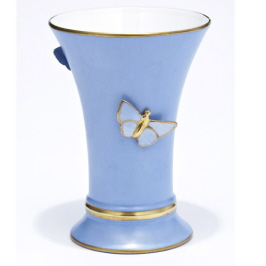
- Bone china is produced much like porcelain. Because of its lower plasticity, however, more care is required in its production than with other types of porcelain production. The china stone is added to give the unfired body the plasticity it needs to allow for shaping of the material. The process and materials are typically more expensive, thus the reason for the expense of bone china.
The standard English formula for fine bone china is 25 percent china clay, 25 percent Cornish stone and 50 percent bone ash. The presence of bone ash in the porcelain led to bone china being strong, translucent, and exceptionally white. The clay body was of the best quality, very dense and less prone to chipping. The bone ash came from animal bones heated to about 1,000 degrees Celsius. This sterilizesd the bones and turned them to ash which was then grinded finely and added with water before mixing it with the other materials.
The area of Staffordshire went on to develop a long proud history. During the Industrial Revolution, the area around Stoke on Trent became known as “The Potteries” as names like Wedgwood, Moorcroft, Gladstone and Royal Doulton gave Staffordshire Pottery a well earned reputation for top quality ceramics and china and was recognized as as the original source of fine bone china .Over the centuries more than 1,500 china manufacturers have operated in the area, some for more than 200 years.
English bone china is highly collectible and often begins with pieces passed through generations. While new fine porcelain can be purchased and added to collections, many avid collectors go to flea markets and yard sales looking for treasured finds to add to their collections. Bone china can often be identified by its translucency when held up to light.
Chinese porcelain Teapot Qing-Dynasty
Chinese Porcelain Vase
Wedgwood Tonquin dinner plate
Fine-bone-china-cup-and-saucer-collection
Royal Doulton fine bone china novelty teapot, ‘The Cockerel & Monkey’
Hicks-and-Meigh oval-sugar-bowl
Tea canister, porcelain with underglaze blue; Chinese, 1790-1810. Pottery exhibited in the DAR Museum

